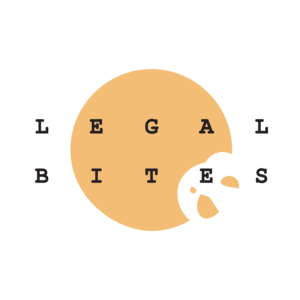
Understanding Consequential Damages

To fully understand how contracts for DG projects should address consequential damages, it is important to understand what they are and how they differ from direct damages.
Direct vs. Consequential Damages


Direct damages are losses that one would reasonably expect to be incurred by a non-breaching party to a construction contract when the other party breaches the contract. Examples of direct damages include unpaid contract amounts and costs to repair defective work.
Consequential damages, on the other hand, result from special circumstances that are not usually foreseeable by the contracting parties at the outset of a project. These damages flow indirectly from a breach of contract or performance of services on a construction project. Lost business revenue by an Owner is a good example of a consequential damage.
It is entirely reasonable for DG to contractually assume responsibility for losses that arise directly from our negligence, and we are appropriately insured to do so. However, because of their unpredictable nature and potentially exorbitant cost, we should avoid signing up for consequential damages. The following hypothetical illustrates why:
A Hypothetical Scenario:
Say DG is working on a large greenfield project. We are on budget and on target to complete the project before the end date memorialized in the contract. Equipment is getting delivered and installed. The PM is making vacation plans. Suddenly, a critical piece of product equipment starts malfunctioning. All attempts to fix it fail and the project is veering off schedule.
The Owner sends written notice to the project team informing them that they have been relying on the completion date to go into production and fill an order for their largest customer. The Owner informs the project team that they will hold DG responsible for any and all consequential damages as a result of project delays. The PM checks DG's contract. It does not contain a waiver of consequential damages.
The Owner's damages in this case are consequential in that they do not directly relate to the missed project completion date. Instead, the Owner's damages relate to loss of production. We can generally quantify what an Owner's direct damages might be if our services are negligently performed and need to be re-performed, or the work of our subcontractors is defective and needs to be repaired. However, the losses that the Owner would suffer if they could not make product are a huge unknown and it would be extremely difficult to anticipate DG's potential exposure and insure against such risk. For this reason, we should seek waivers of consequential damages in our contracts.
Contract Tips on Consequential Damages
1. It is critical to have a carefully drafted waiver of consequential damages clause that we can rely on if something goes wrong on a project. The following is an example of a reasonable waiver of consequential damages clause:
Contractor and Owner waive all claims against each other for consequential damages arising out of or relating to this Contract. This mutual waiver includes (1) damages incurred by Owner for losses of use, income, profit, financing, business and reputation, and (2) damages incurred by Contractor for losses of financing, business and reputation, and for loss of profit except anticipated profit arising directly from the Work.
2. It is important to understand precisely what damages are and are not waived in a consequential damages clause. It is becoming more common to see exclusions in waivers of consequential damages that effectively render a waiver useless. Watch out for such illusory waivers of consequential damages.
3. Don't forget your subcontracts! DG's standard subcontract forms include a mutual waiver of consequential damages. This is beneficial for both DG and our subcontractors. However, it is important that we align any waiver of consequential damages (or lack thereof) in our agreement with the Owner with our subcontracts.
If we have no waiver of consequential damages in our contract with the Owner, we should not include a waiver of consequential damages in our subcontracts. Why? If a client alleges DG is responsible for consequential damages that arise out of the performance of our subcontractors, DG is responsible for covering the Owner's losses and cannot recoup them from our subcontractors.
If a waiver of consequential damages in our agreement with an Owner is effectively no waiver at all as discussed above, we should flow down the same language to our subcontracts so that there is no gap in what we owe to the Owner and what we can recover from our subcontractors.





